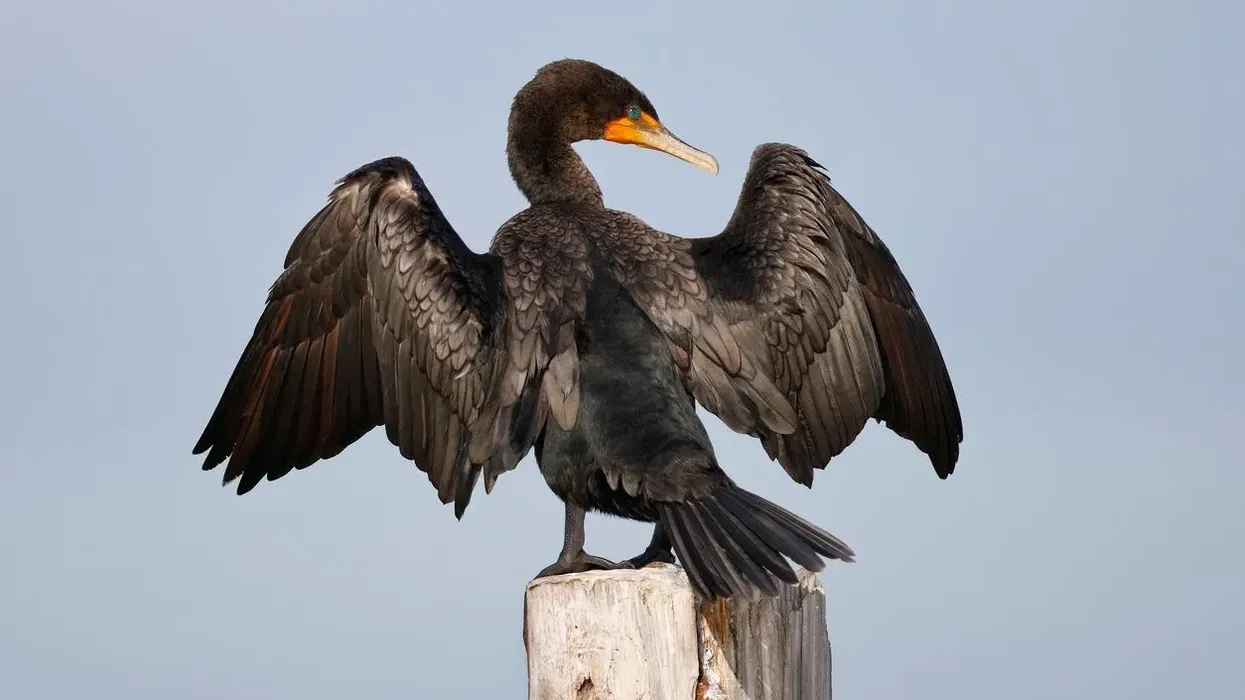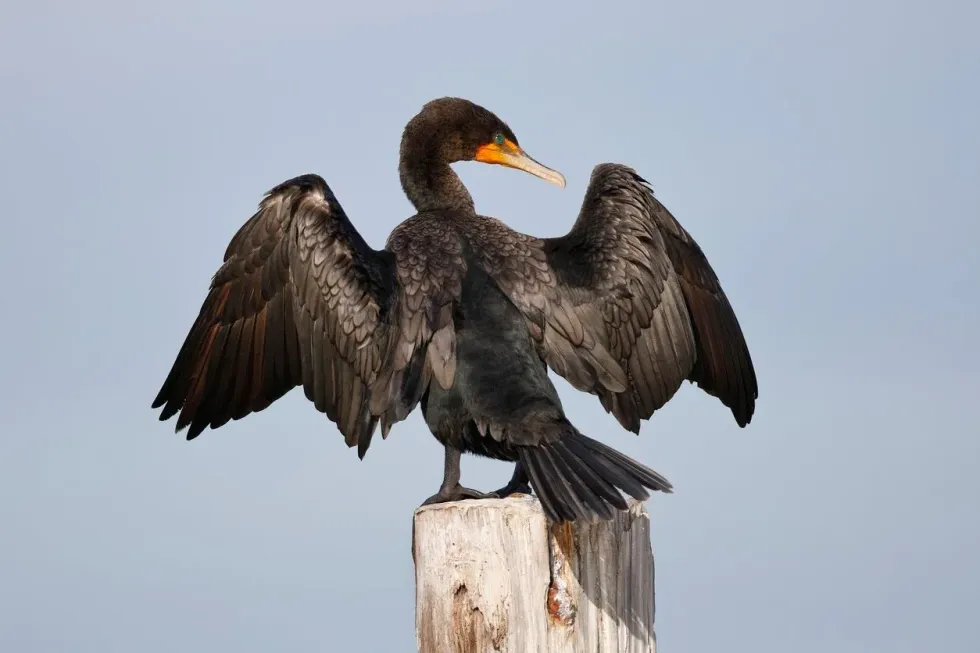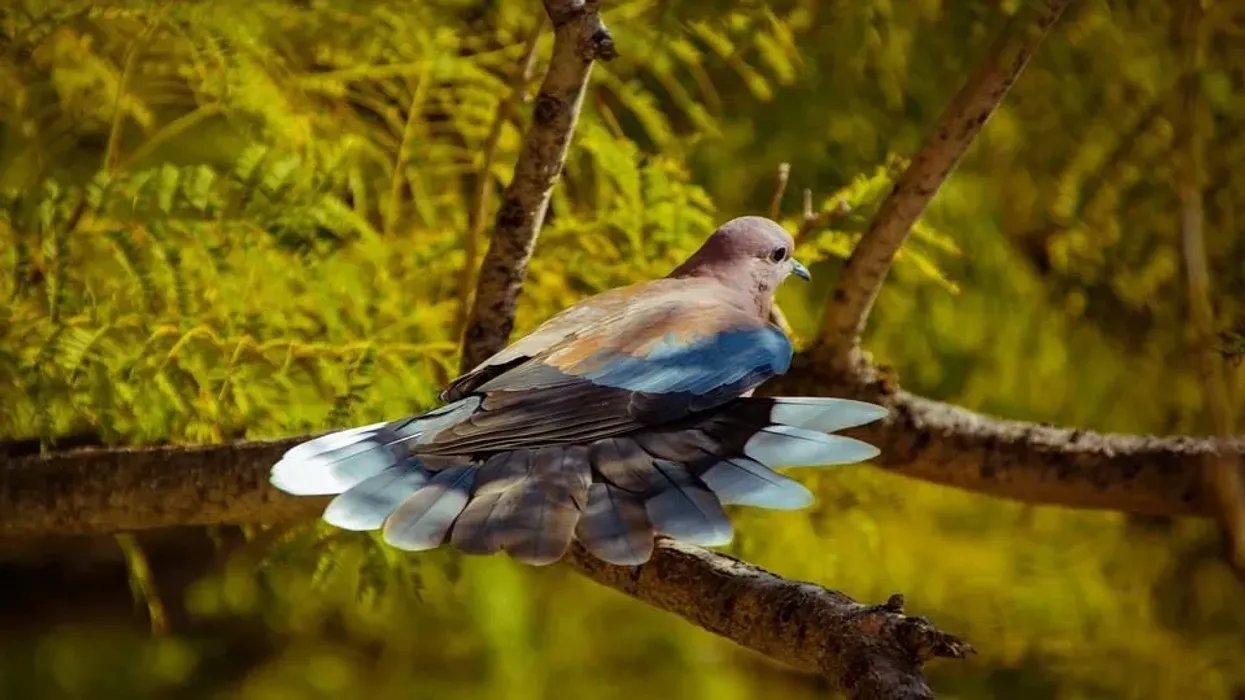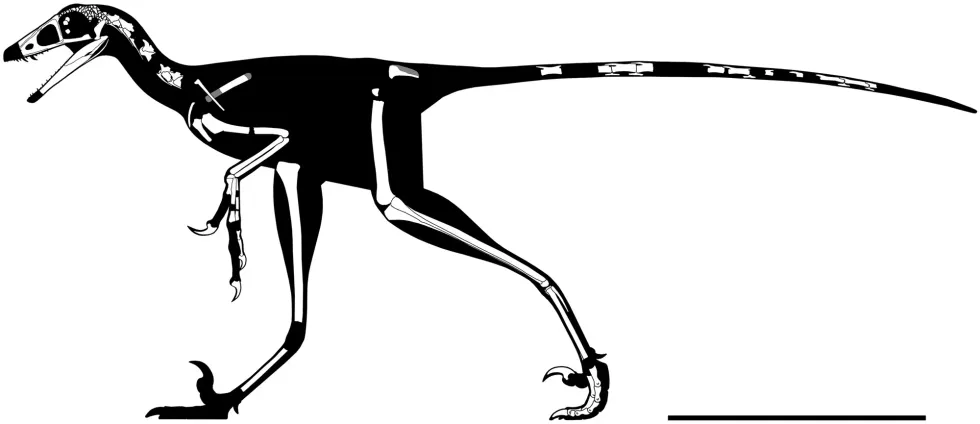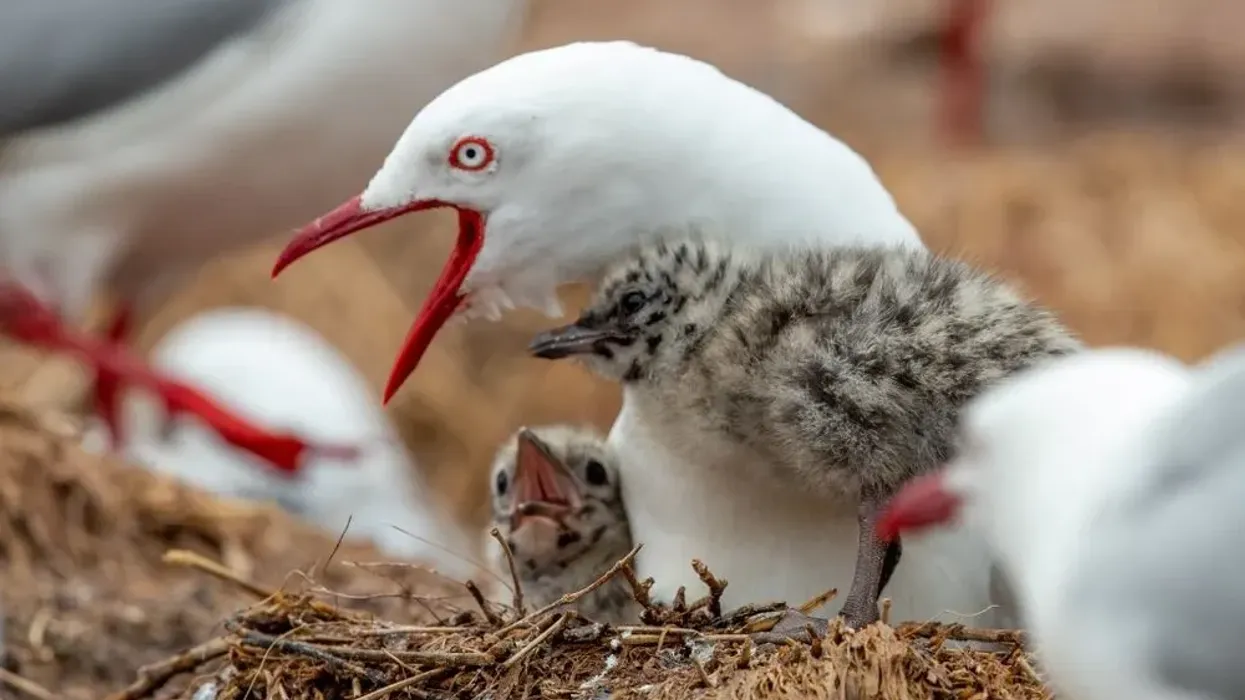North American birds are famous for being colorful and providing a serene view of the local countryside lakes. The double-crested cormorant Phalacrocorax is a beautiful bird and it is known for its ability to fish.
These species of bird from North America are excellent swimmers and they can be often seen diving and then swimming low with their necks out and head visible. They are fond of fishing and diving at great lakes which can inhabit their breeding colonies flocks.
Their behavior is often seen at its most raw when they are present in groups.
The most highlighted part of the crested cormorant double behavior is they are excellent at diving and can be seen very often on islands doing just that. During such a season these colonies spend most of their time in water and the hours outside to dry off their wings.
Their population is excellent when it comes to using their wings and bills in coordination. The adults of these colonies can be seen flying low over the lake and catching fish as soon as they get an opportunity.
The breeding season is very important for these North American birds.
The crested cormorant, Phalacrocorax auritus, was once considered a threatened species of birds but over the years the number of cormorants has increased significantly. To learn more about such inland birds who live in colonies, be sure to check out our page to read articles on the Eurasian tree sparrow and aquatic warbler.
Double-Crested Cormorant Interesting Facts
What type of animal is a double-crested cormorant?
The double-crested cormorants first came into the picture around the year 1831.
They were known to make a colony every breeding season, where the adult members of the family guard the young and the nest site with their long bill.
They were initially placed under the genus Phalacrocorax, although there is a lot of support from many scientists to place this orange-yellow bird into the genus Nannopterum.
These inland species prey on fishes and live in flocks and the crested cormorant double comes under the order Suliformes and they are kind of birds with yellow-orange markings, they are indeed very beautiful and they love to fish, as described by many wildlife specialists of Washington of national-level knowledge on the populations of these species with black feathers.
What class of animal does a double-crested cormorant belong to?
The double-crested cormorants are a type of bird that can often be seen at its nest site or in groups during the breeding season. The populations of such birds prefer living colonies in order to protect themselves and their family.
The cormorant double-crested is from the family Phalacrocoracidae and they belong to the Aves class. The double-crested cormorants are a type of bird from the class Aves.
How many double-crested cormorants are there in the world?
The cormorant's species are huge in number, there are around 40 plus species of these birds and they are spread across islands.
According to researchers from Washington Wildlife the range of their population has been having ups and downs for a long time since about 1920. Their conservation status was Vulnerable at a time, as these ground birds make nests on the ground which can be destroyed easily by human interference.
Nonetheless, since the year 1972, the national Washington Wildlife Organization has taken a major interest in saving the population of this crested cormorant double and since then, their population has been significantly better in North America.
Where does a double-crested cormorant live?
The cormorant (double-crested) has a wanderlust nature. They are migratory birds and the behavior of this bird is very similar to other migratory birds such as swans, pelicans, and geese.
Their habitats vary depending on the weather, in the winters the couple crested cormorants colony spend their time in Alaska on the east coast and southern New England, these birds have also seen spending their winters in the south as well, that is Mexico.
They migrate from cold parts when it comes to breeding season. The double-crested cormorant is a resident on the Pacific coast, and also migrates to places like Utah, Alberta, and the Cayman Islands from time to time.
What is a double-crested cormorant's habitat?
The double-crested cormorants love aquatic habitats such as coasts and lakes, and they are very adaptable to inland ponds as well and sea cliffs too. As they rely on small fish for their diet, fish and trees need to be present at their nesting range.
They often rest under trees after hunting fish.
During the breeding season, they generally form their nest near slow-moving rivers.
The double-crested cormorants are not so good for the trees that are nearby as they soon die within a five-year span, due to the exceeded about of guano deposited under them due to this bird. The adult birds of the colony also sometimes look for tree-lined lakes to secure a good place for their colonies and eggs.
Who do double-crested cormorants live with?
These birds build their nest on the ground and often, to provide better protection to the nest, the adults of the colony decide to stay in colonies.
Thus it's a usual behavior among these birds with a long neck that they live in a family or colony and often go fishing together while a female take care of the nest and the nestling.
For the protection of nests, it's a very good idea, hence they often live with their own species, but they also share habitat with birds such as pelicans and geese.
How long does a double-crested cormorant live?
The lifecycle of this North American bird is an interesting concept. This long-necked bird is known to survive for six years in general but it just happens so that some adult males and females have lived for over 22 years as well, thus the range is very large.
How do they reproduce?
For the cormorant (double-crested) the breedings season means moving from a colder region to a more adjustable climate where they can make nests and lay eggs during the breeding or nesting season. They migrate large distances on wings and breeding adults often form colonies.
The female lays eggs in coastal areas or near inland rivers. The nesting habits are unique and they sometimes make nests on trees with feathers and sticks or they sometimes choose to nest on the ground.
The nest site is always well secured by an adult male. Yhe young are provided with parental care and the incubation duties are performed by both the male and female.
What is their conservation status?
Their conservation status is Least Concern.
Double-Crested Cormorant Fun Facts
What do double-crested cormorants look like?
The cormorant (double-crested) is large and as the name suggests they have two crests, and two wings that help them to fly. They have a yellow-orange bill and their necks are often long.
Webbed feet with matte black feathers are the most accurate description. Their wings often spread to a large range and the skin is mostly white on underparts and the skin of outparts is dark.
How cute are they?
This North American bird with a dark head and a long neck is a wonderful waterbird, they have two crests and their wing spread around 45-48 in (114-122 cm).
How do they communicate?
Adults, during fishing or when near the nesting range, communicate through vocal calls.
How big is a double-crested cormorant?
Their neck gives them good height and double-crested cormorants are three times bigger than an African pygmy goose and around twice bigger than a snow goose.
How fast can a double-crested cormorant fly?
Their feet give them good stability along with their wings, hence they fly quite well.
How much does a double-crested cormorant weigh?
Double-crested cormorants weigh around 4-6 lb (1.8-2.7 kg).
What are the male and female names of the species?
In cormorants, both the sexes have the same name.
What would you call a baby double-crested cormorant?
The young who are in the nest is called nestlings.
What do they eat?
They feed on small fish, that's the major part of their diet.
Are they dangerous?
No, they are not dangerous to humans in any way.
Would they make a good pet?
No, they are migratory birds and they are the happiest when they are moving with their colonies.
Did you know...
Their black color occasionally fades to show a dusty gray tint.
Is the double-crested cormorant a duck?
This is not a duck species, they are rather a completely different species with a different classification.
Are double-crested cormorants endangered?
They were endangered during the earlier years, due to a lack of area for breeding ranges. Today they are not endangered.
Here at Kidadl, we have carefully created lots of interesting family-friendly animal facts for everyone to discover! Learn more about some other birds from our uguisu facts or nene goose facts pages.
You can even occupy yourself at home by coloring in one of our free printable double-crested cormorant coloring pages.

